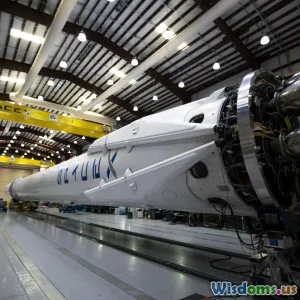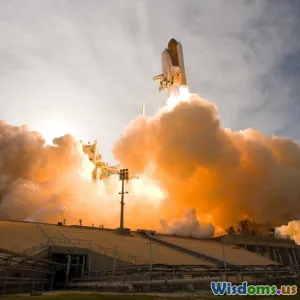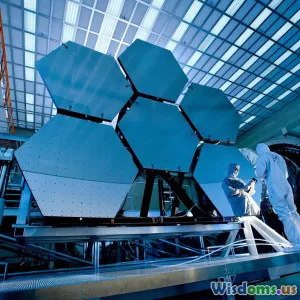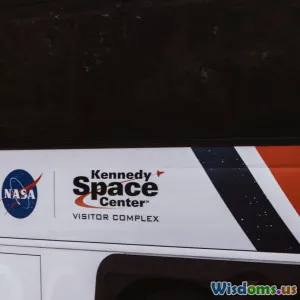
How Private Companies Are Revolutionizing Space Tourism Experiences
17 min read Discover how private companies are transforming space tourism with innovative technology, accessible experiences, and luxury space travel opportunities for the public. (0 Reviews)
How Private Companies Are Revolutionizing Space Tourism Experiences
Riding a rocket to the boundary between Earth and space was once the stuff of science fiction and government astronauts. Today, private companies are redefining this dream, driving advancements in how everyday citizens can experience space. Developments over the past decade have made space tourism not only conceivable but a burgeoning industry, opening opportunities for adventure, education, and even new business paradigms. Let’s explore how private enterprises are upending our traditional perceptions of commercial space travel and bringing the cosmos closer to home.
Charting a New Frontier: How Private Players Arrived in Space Tourism
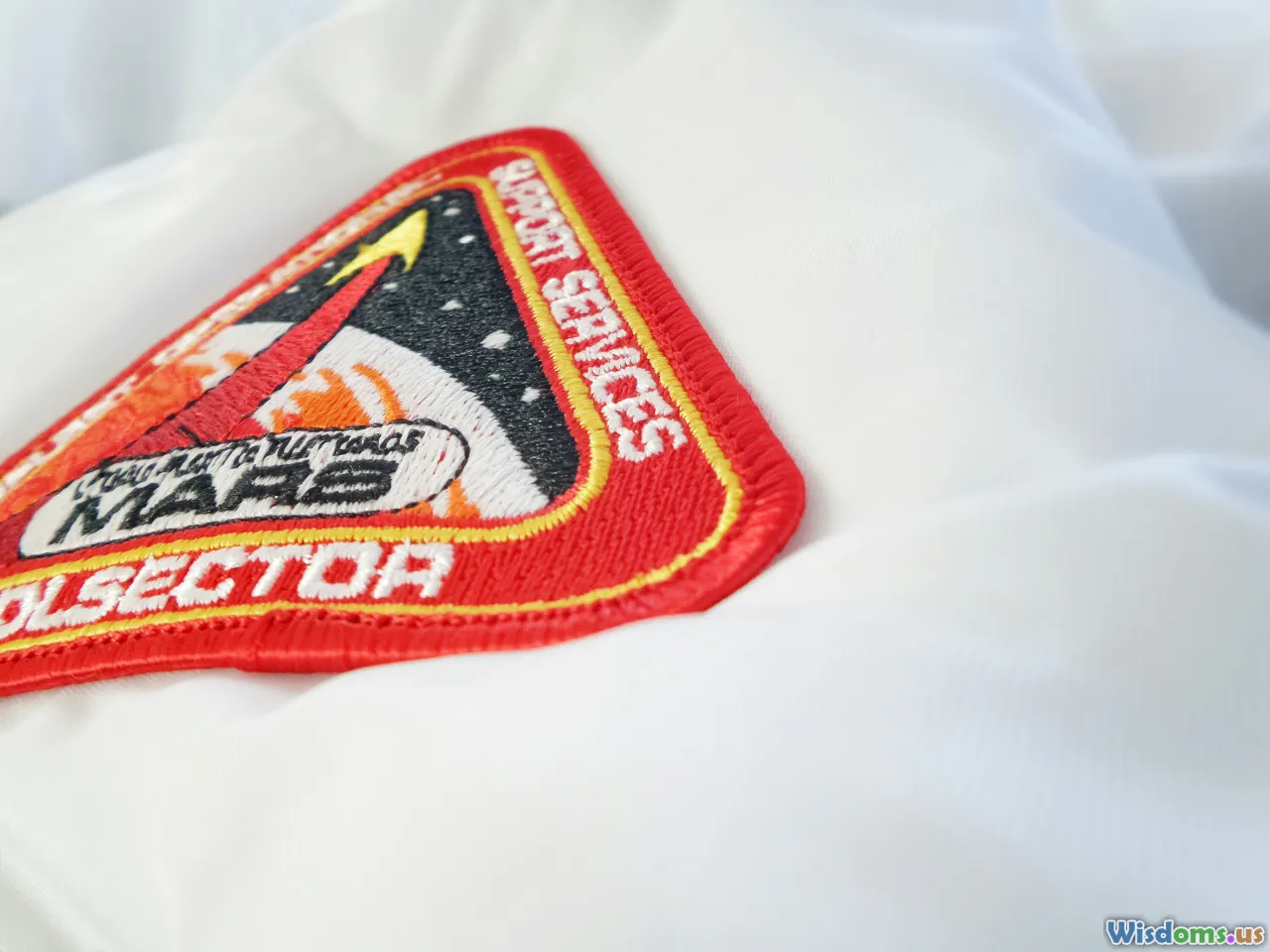
When Dennis Tito bought his way to the International Space Station in 2001, few could predict that in just two decades, multiple private firms would compete to send ordinary citizens on suborbital hops and orbital expeditions. For most of the space age, only government astronauts—painstakingly trained and selected—could leave Earth. This monopoly quickly eroded with the rise of tech entrepreneurs and visionary leaders willing to take risks governments could not.
Notably, companies like SpaceX, Blue Origin, and Virgin Galactic have fundamentally changed the equation by investing billions of dollars in reusable rockets, streamlined crew training, and innovative spacecraft. For instance:
- SpaceX developed the Crew Dragon capsule, which powers NASA’s Commercial Crew Program and, in September 2021, enabled the historic all-civilian Inspiration4 mission.
- Virgin Galactic uses spaceplanes like VSS Unity, launched from a carrier aircraft, to offer short flights to the edge of space with minimal astronaut training.
- Blue Origin has created the reusable New Shepard rocket, which autonomously carries passengers past the Kármán line before returning them safely to Earth.
Traditional space access involved costly, single-use rockets, government-regulated training, and lengthy selection processes. Now, innovation and entrepreneurial spirit are rapidly making the once-inaccessible features of spaceflight available to paying customers and amateur astronauts alike.
The Rise of Suborbital Flights: Making Spaceflight Accessible

A central element in the democratization of space tourism is the suborbital flight—visits just beyond the Earth's atmosphere that promise minutes of weightlessness and breathtaking views. The pioneering strategy of suborbital spaceflights targets those desiring an out-of-this-world experience without the prolonged preparation or expense of a full orbital mission.
Case Studies:
- Blue Origin’s New Shepard routinely carries passengers—including billionaire Jeff Bezos and 82-year-old Wally Funk—on 10-minute trips above the 100-kilometer altitude demarcating space.
- Virgin Galactic has successfully taken Richard Branson and other civilian passengers to approximately 80 kilometers altitude, offering sweeping vistas and a brief microgravity ‘float.’
These flights democratize space by reducing risk and duration. (Candidates need only days of orientation rather than months.) Safety, of course, is paramount—vehicles are designed to be autonomous, with enhanced abort mechanisms and rigorous passenger safety protocols. Such innovations also help reduce launch costs dramatically. For example, Blue Origin’s repeated use of the same vertical takeoff, vertical landing (VTVL) booster exemplifies game-changing economies of scale now shaping the industry.
Orbital Adventures: Beyond Suborbital Skims

While suborbital trips are the most publicized, companies are pushing the envelope with commercial orbital missions—trips that circle Earth and open new chapters in human experience.
Notable Developments:
- SpaceX's Inspiration4: The world's first all-private-citizen orbital mission, flown over three days in September 2021. Funded by billionaire Jared Isaacman, the crew included a cancer survivor and science communicator Sian Proctor, emphasizing diversity and broader participation.
- Axiom Space: Proposes commercial missions to the International Space Station (ISS), already completing the Ax-1 mission in 2022 with an all-private crew. These trips combine microgravity research, high-end tourism, and international partnership models—generating new business revenue and exposure for participating astronauts.
Participants pay millions for orbital missions, but that cost supports vital R&D, operational readiness, and next-generation station planning. Over the coming decade, prices are expected to decrease as more reusable vehicles and private space stations come online, possibly transforming access even further.
Spacecraft Design and Passenger Experience: Innovation in the Details

New entrants know it’s not enough to simply ferry customers into space—they must provide an unforgettable experience. This has motivated radical rethinking in spacecraft design, emphasizing comfort, viewing opportunities, and psychological support.
Key Features:
- Panoramic Windows: Blue Origin’s New Shepard boasts the largest windows ever flown in space, optimizing the ‘overview effect’—the profound emotional response to seeing Earth against the void.
- Reclining Seats and Safety Harnesses: Specifically engineered to withstand G-forces yet minimize discomfort, as seen in Virgin Galactic’s cabin mockups.
- Free-Floating Fun: Inspiration4 and Axiom missions provided passengers with 360-degree views (using Cupola modules or domed windows) and free-floating time for both research and sheer play.
- Digital Assistance: Real-time health and experience monitoring through wearable technology, mission dashboards, and communications for both family and Earth-based support.
In essence, a new world of design priorities has emerged: the trip should be exhilarating but also safe and inviting to all, not just the hyper-trained or physically elite.
Safety Protocols: Overcoming Challenges and Building Public Trust
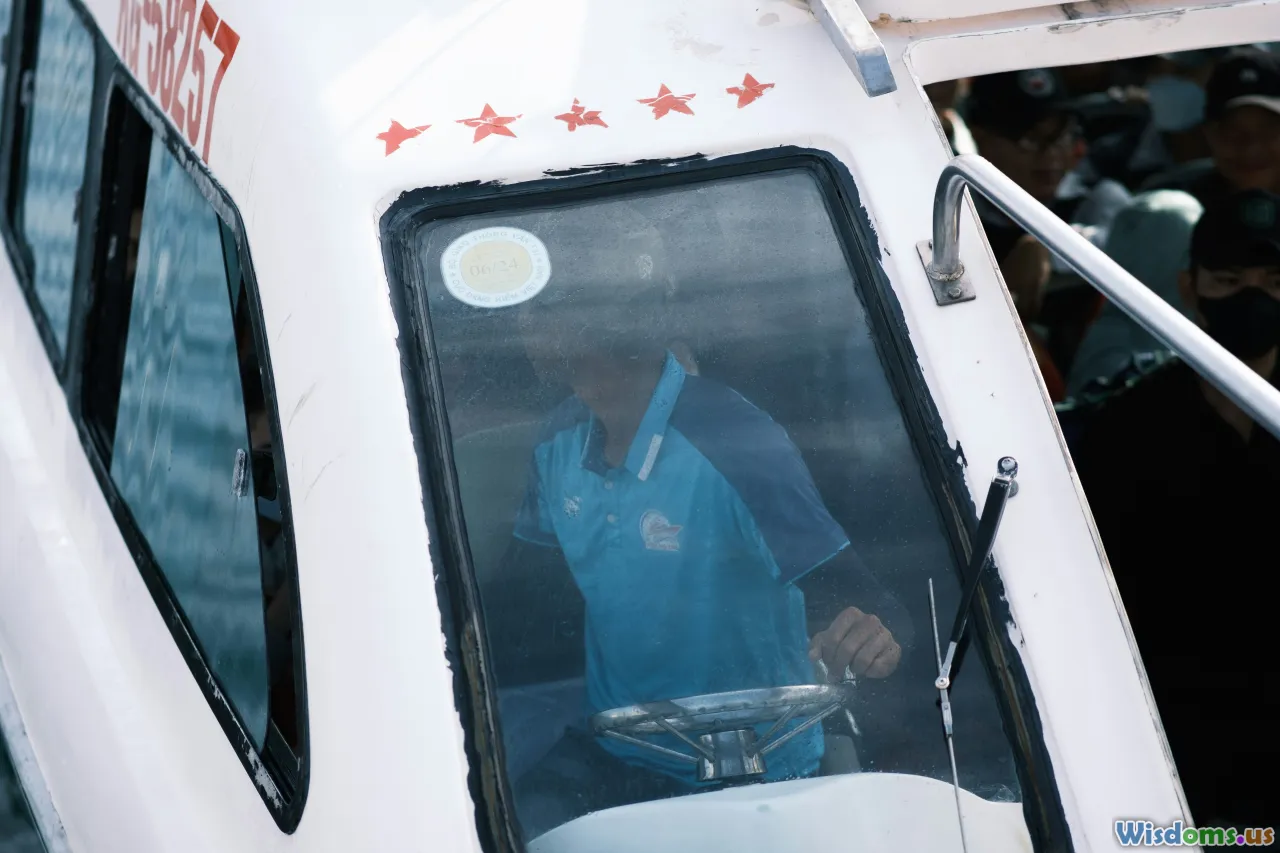
For private operators, safety is both ethical imperative and key marketing point. Decades of experience—sometimes learned from tragedy—inform the protocols and redundancies built into contemporary commercial vehicles.
Lessons Adopted:
- Abort Systems: Crew Dragon, New Shepard, and other platforms feature escape rockets capable of whisking the capsule away from explosion hazards, even during ascent. The successful in-flight abort test of Crew Dragon in 2020 exemplifies this commitment.
- Automated Flight Controls: Reducing the burden on nonprofessional passengers, many vehicles execute critical tasks (docking, course-correction, re-entry) autonomously, slashing the need for centuries-old stick-and-rudder skills.
- Rigorous Testing: Virgin Galactic and competitors devote hundreds of test flights and simulated emergencies before first-ever tourist passengers step aboard.
Key to future expansion will be sustaining and communicating this focus on risk reduction and rapid response. The more successful and routine such systems become, the broader and more confident the customer base.
Unique Experiences: From Microgravity Play to Luxury in the Void
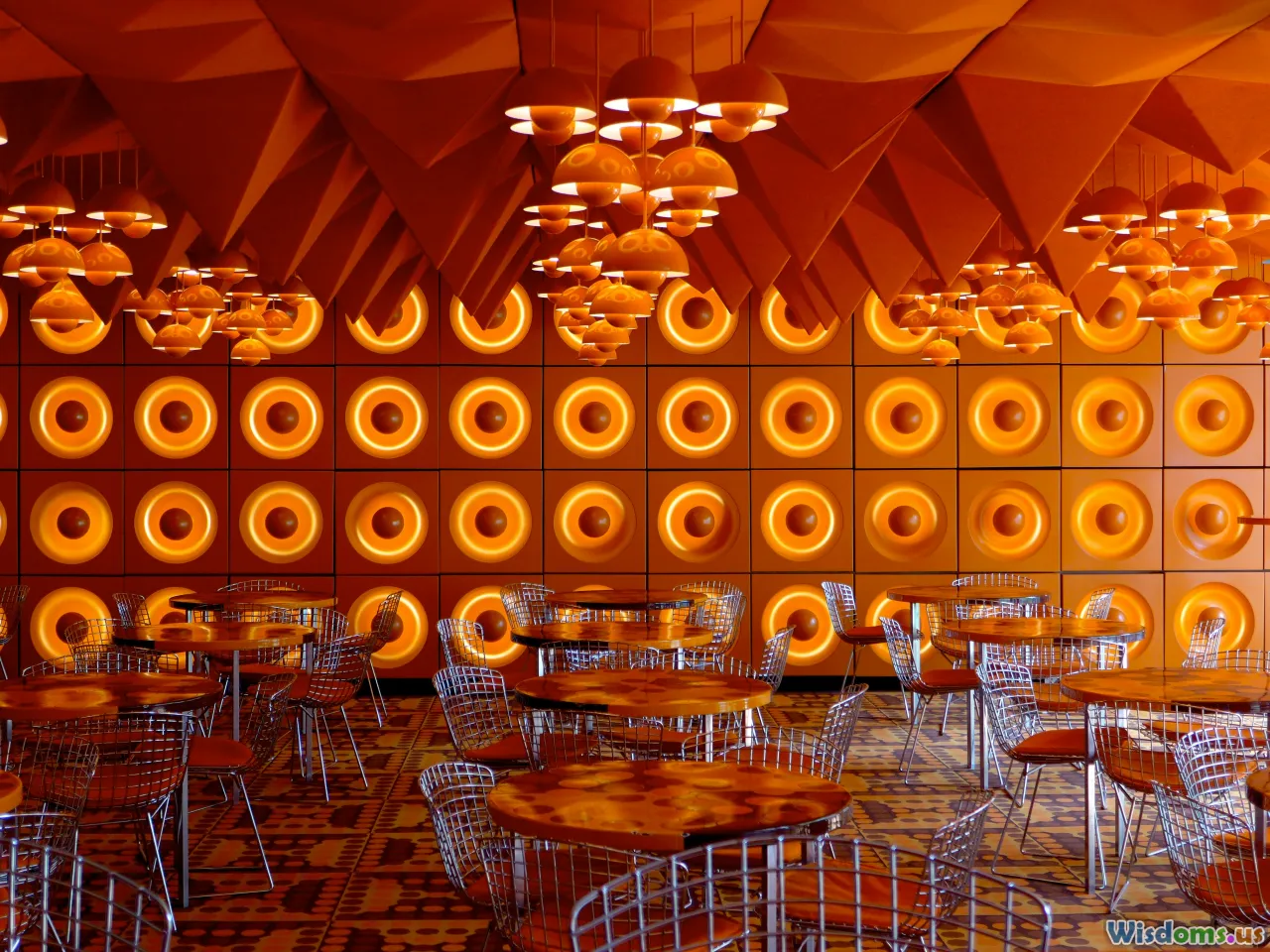
Private companies realize that ‘just floating’ isn’t enough—they’re striving for extraordinary, and in some cases ultra-luxurious, in-space experiences.
Customer-Centric Experiences:
- Enjoying Weightlessness: Passengers frequently cite zero gravity play as the highlight, spinning, dancing, or conducting simple science experiments mid-capsule.
- Gourmet Space Meals: Efforts to enhance onboard cuisine, like those planned for Axiom’s future missions, aim to make dining in space a memorable, five-star affair.
- Interactive Science: Flight manifests sometimes include modules and time for citizen-science participation, aligning thrill-seeking with educational and philanthropic pursuits (as with Inspiration4’s research on human adaptation to space).
- Space Hotel Concepts: Orbital Assembly Corporation and Axiom envision private modules with sleeping compartments, private lavatories, high-bandwidth streaming for live contact with loved ones, and even windowside dining for the ultimate ‘room with a view.’
Expect this space to evolve further as competition spurs companies to differentiate with ever more immersive and tailored adventures.
Training and Preparation: Lowering Barriers for ‘Ordinary’ People
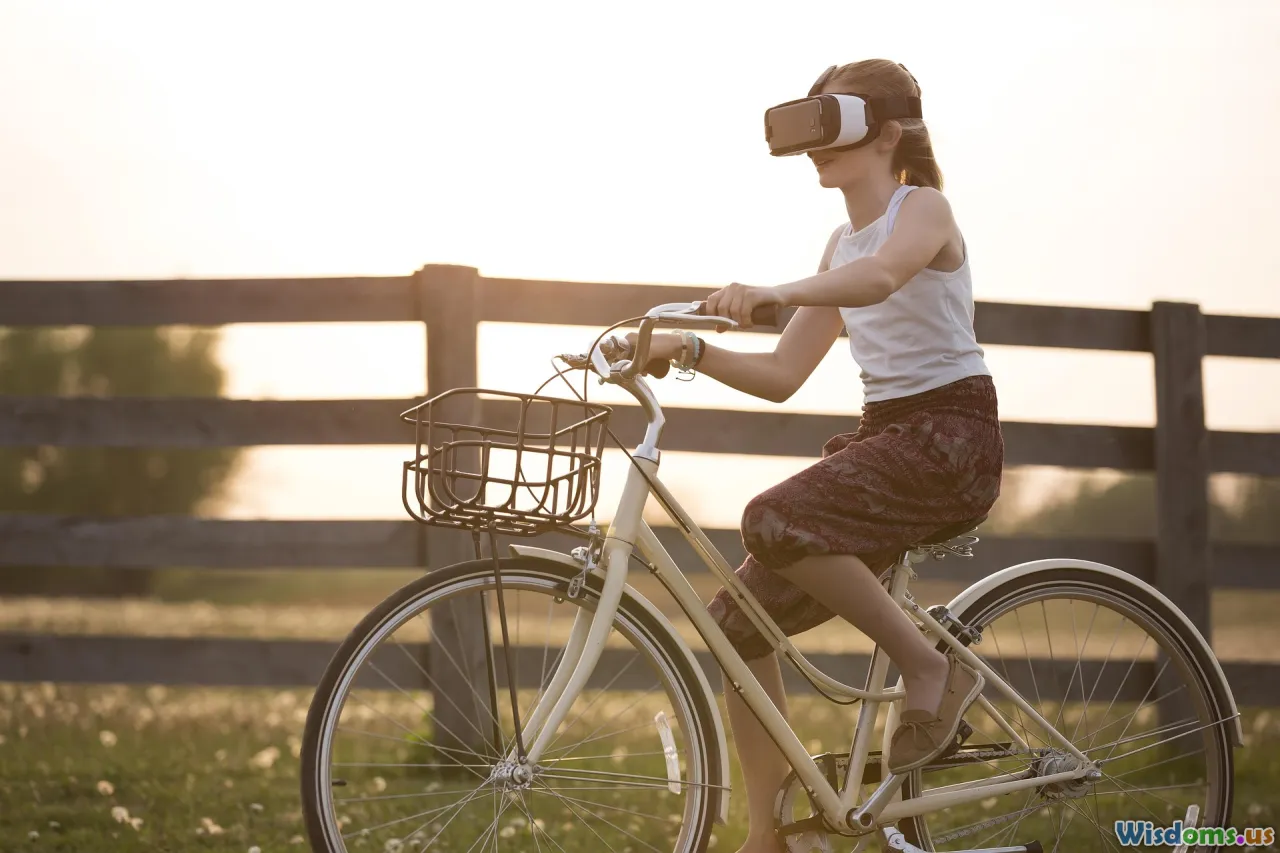
Historically, preflight medical and technical demands have barred the majority from considering space flight. Private space tourism is systematically smashing these barriers.
Modern Training Innovations:
- Shortened Timelines: Instead of months or years, most suborbital flights require less than a week of on-site training, mainly focused on emergency procedures and acclimating to microgravity.
- Virtual Reality Simulations: Interactive technologies let prospective passengers experience space environments—and rehearse complex maneuvers—safely and repeatedly.
- Personalized Health Assessments: Comprehensive—but more inclusive—medical screening allows for broader ages and health backgrounds. The "oldest astronaut" titles now routinely change hands, with 90-year-old William Shatner participating in a Blue Origin flight.
This commitment to inclusivity is not just marketing. It is enabling people from all walks of life and backgrounds to travel where few have gone before, rewriting what it means to be a space explorer.
The Growing Marketplace: Cost, Access, and the Path to Affordability
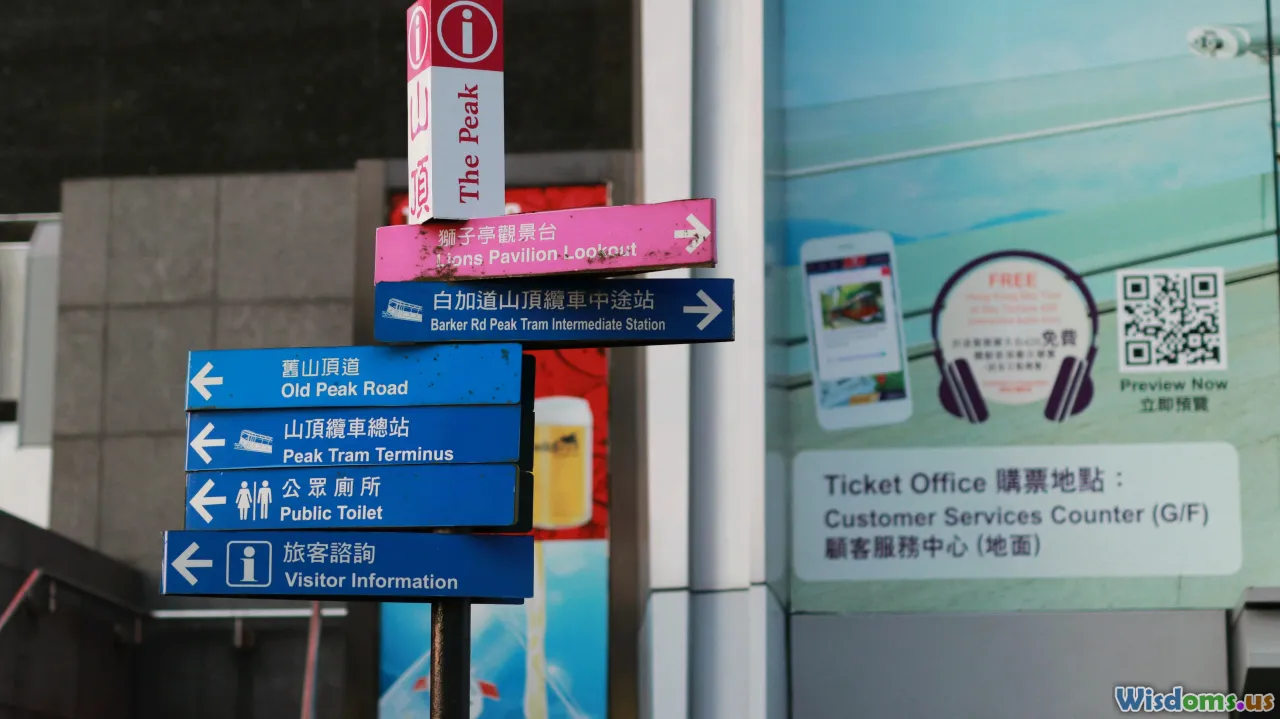
Prices for spaceflights still sound astronomical—individually running from a quarter million dollars for a suborbital up to $55 million for a week-long ISS stay. Yet markets are expanding:
Key Factors Shaping Market Dynamics
- Economy of Scale: Reusable boosters significantly reduce launch costs. SpaceX’s Falcon 9 and Falcon Heavy now dominate global commercial launches, signposting the coming drop for human-rated flights.
- Lottery and Sweepstakes: Space for Humanity and Inspiration4 have both used contests and philanthropy to widen access, allowing citizens of modest means a shot at a seat.
- Corporate Sponsorships: Increasingly, companies see branded spaceflights as both marketing tool and reward for top employees or elite customers. In a nod to future democratization, Axiom and Orbital Assembly each plan to build private space stations with dozens of potential guests at any given time—heralding a hospitality arms race not unlike the evolution of aviation a century ago.
Environmental Impact: Responsible Tourism in the Final Frontier

The booming interest in commercial spaceflight isn’t without environmental scrutiny. Private space companies are openly grappling with their ecological footprints.
Industry Approaches:
- Fuel Selection and Reusability: Blue Origin’s BE-3 engine uses cleaner-burning hydrogen and oxygen. SpaceX prioritizes full-booster reusability, aiming to minimize wasted materials per launch.
- Offset Initiatives: Some operators invest in carbon offsets or partner with earth-focused nonprofits to neutralize emissions.
- Debris Mitigation: Active planning around orbital debris helps avoid compounding space junk, with protocols for proper end-of-life disposal and design focus on reducing unplanned remnants.
Furthermore, the overview effect—an emotional reaction described by astronauts when seeing the planet from space—may cultivate broader environmental stewardship among space tourists themselves.
Expanding the Vision: The Next Decade of Space Tourism
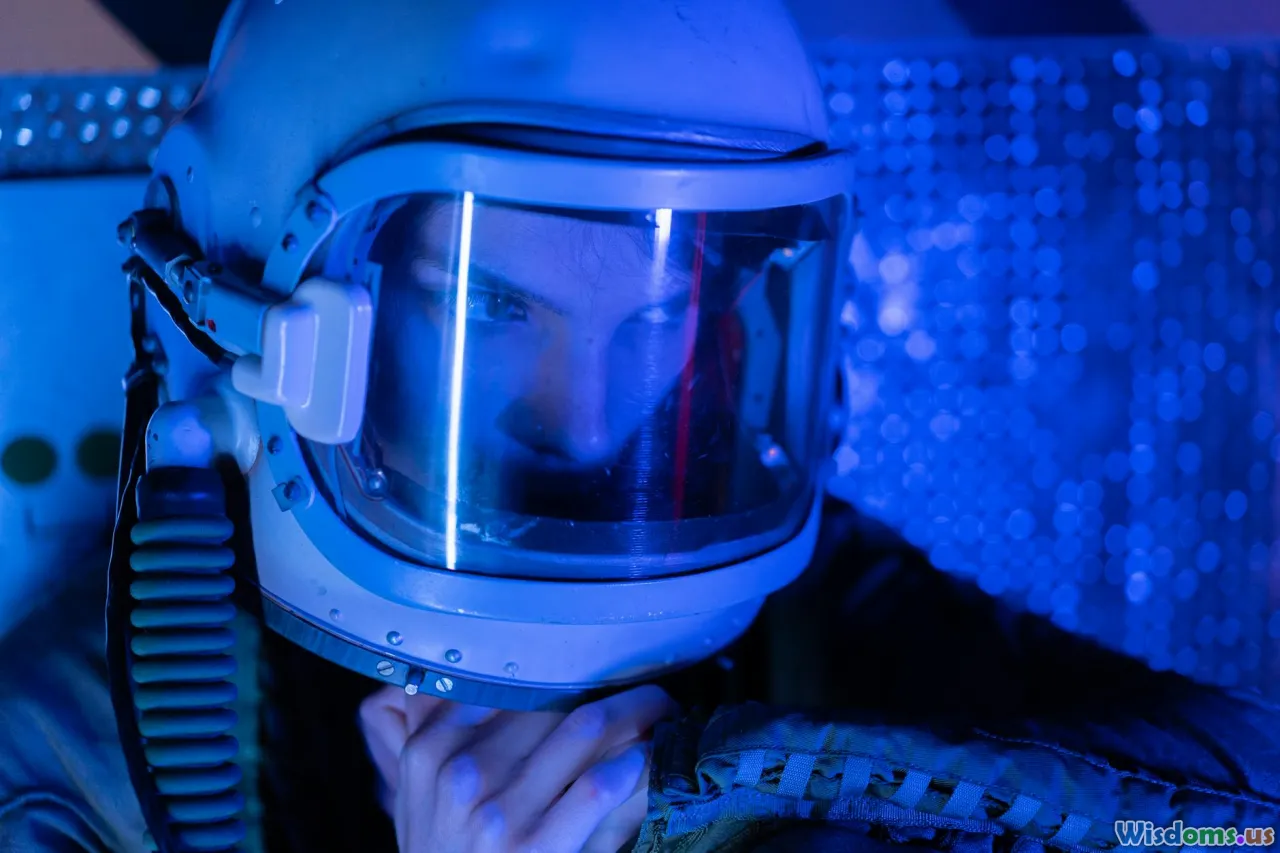
Commercial companies aren’t stopping at brief excursions; the ultimate goal is longer sojourns, lunar flybys, and Mars expeditions.
Projects on the Horizon:
- SpaceX’s Starship aims to enable space tourism around and, eventually, on the Moon and Mars itself. The planned Dear Moon mission will send artists around the lunar far side.
- Axiom’s Space Station (in development) expects to host commercial, governmental, and tourist missions, creating a floating hotel, research laboratory, and manufacturing platform in orbit.
- Lunar and Martian Habitat Concepts by Blue Origin and SpaceX are actively studying surface habitats, food production in space, and long-term health protocols.
These visionary projects blend frontier science, commercial grit, and the timeless human urge to explore, pointing the way for future generations.
The curtain is lifting at a speed and scale never before seen, as ambitious entrepreneurs and steadfast engineers erase the century-old lines between astronaut, scientist, and tourist. Empowered by innovation and a bold new spirit, private companies are truly revolutionizing humanity’s first steps—perhaps one day its permanent presence—beyond Earth’s embrace. For would-be adventurers, the countdown is already underway.
Rate the Post
User Reviews
Popular Posts











